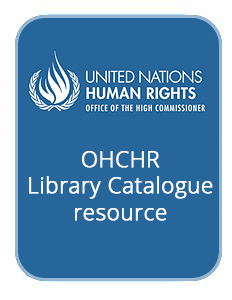Managing Sources and Sinks of Greenhouse Gases in Australia's Rangelands and Tropical Savannas
Rangelands and savannas occupy 70% of the Australian continent and are mainly used for commercial grazing of sheep and cattle. In the center and north, where there are extensive areas of indigenous land ownership and pastoral production is less intensive, savanna burning is frequent. Greenhouse gas emissions from rangelands have been overwhelmingly from land clearing and methane production by livestock.








